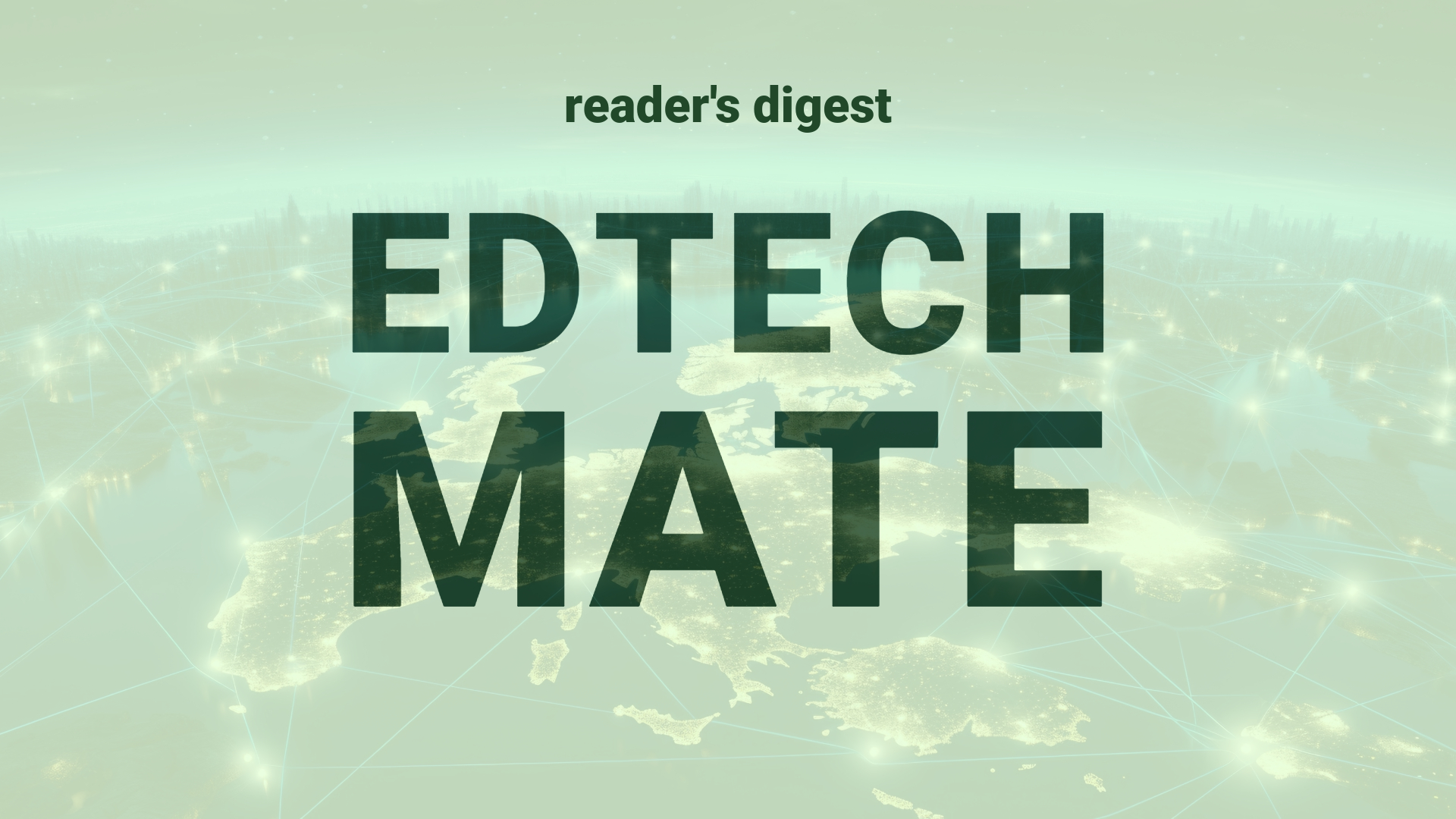Executive Summary and Main Points
In the realm of healthcare and other sectors, innovation is constantly pursued to improve outcomes. However, challenges arise when an innovative solution like the surgical safety checklist, initially successful, starts to lose its effectiveness. This summary delves into the concept of reimplementation, successfully executed by Singapore General Hospital (SGH) with assistance from Ariadne Labs. SGH’s reinvigoration of its checklist protocol showcases key lessons in reviving and optimizing institutional processes, with emphasis on vital principles such as matching innovations to organizational challenges, reimagining possibilities, building momentum, and embracing vulnerability to overcome routine.
Potential Impact in the Education Sector
The lessons from SGH’s checklist reimagination have profound implications for the Further Education, Higher Education, and Micro-credentials sectors. Institutions can apply these principles to establish strategic partnerships aimed at enhancing educational delivery and to reimagine the use of digital tools in their curriculum. A focus on improving communication and engagement amongst faculty and students can lead to a paradigm shift similar to that achieved by SGH, fostering a culture of continuous improvement, collaboration, and openness. Additionally, digitalization efforts, intersecting with human-centered design, can significantly reduce operational inefficiencies, improve learning outcomes, and increase adaptability in response to evolving educational needs.
Potential Applicability in the Education Sector
The strategy of reimplementation can be innovatively applied to education systems globally through AI and digital tools. For instance, online learning platforms or learning management systems that have become procedural rather than dynamic can be reevaluated. By reassessing such platforms with the perspective of enhancing user engagement and data-driven personalization, educators can ensure the continued relevance and effectiveness of e-learning. Furthermore, active collaboration tools and AI-driven educational software can be designed to encourage diversity, interactivity, and a renewed commitment to academic excellence across global campuses.
Criticism and Potential Shortfalls
While the reimplementation strategy offers substantial benefits, it is not without potential drawbacks. A shift in established educational practices may encounter resistance due to institutional inertia or cultural differences within global education landscapes. For example, in some cultures, hierarchical structures within academic institutions might impede the open communication necessary for successful reimplementation of processes. Furthermore, ethical considerations around data privacy and AI interventions could limit technological applications in education, requiring careful consideration and balancing of innovation with respect for individual rights and traditional educational values.
Actionable Recommendations
For international education leadership considering implementing these technologies, it is recommended to begin with a comprehensive assessment of current educational practices and their impact. Following this, leadership should establish clear objectives for reimplementation that align with the institution’s vision and educational goals. Critical to success will be fostering a culture that encourages experimentation and innovation, supported by training resources and robust feedback mechanisms. Strategic partnerships should be fostered with technology providers to develop customized solutions that are sensitive to the cultural and ethical nuances of the educational environment. Leaders should also maintain a commitment to transparency, actively involving educators and students in the process of redesign and reimplementation to secure buy-in and facilitate a cohesive transition to improved educational practices.
Source article: https://hbr.org/2024/07/how-to-salvage-a-useful-process-that-isnt-working-anymore

